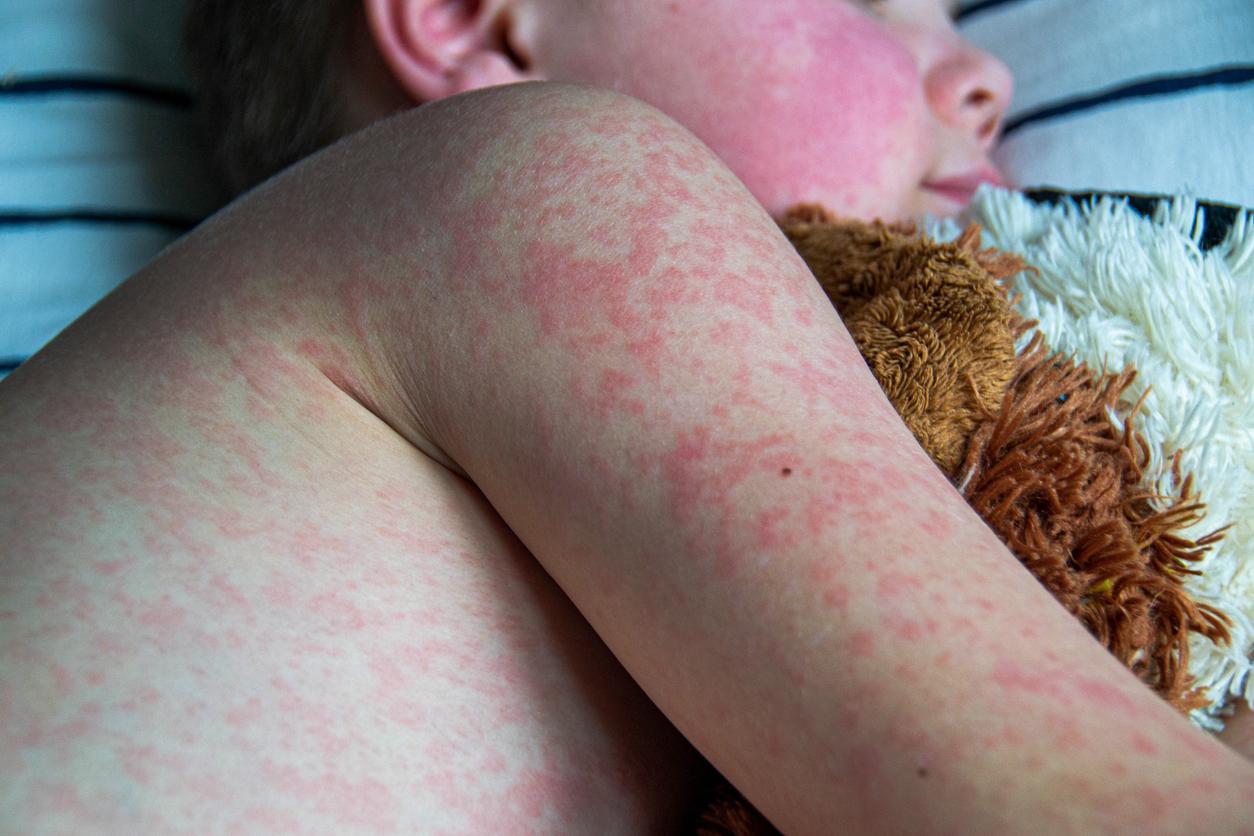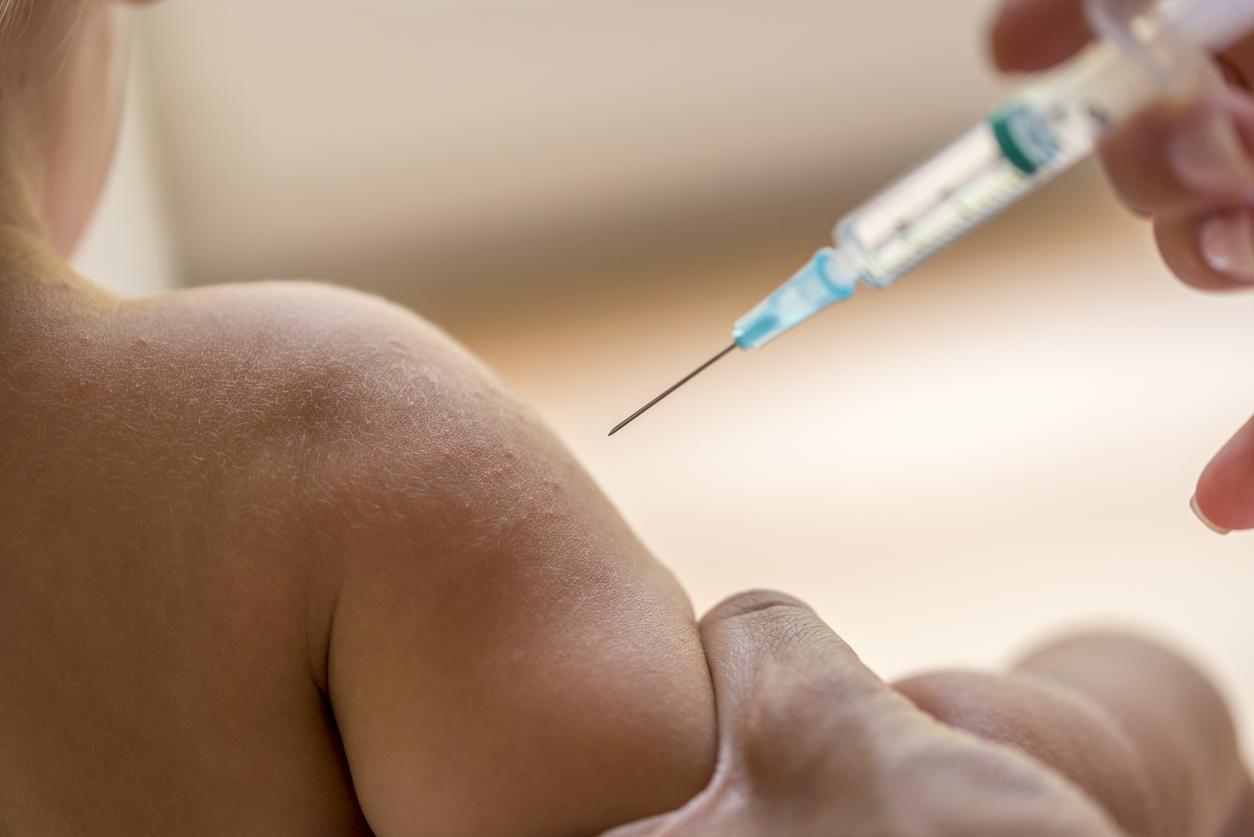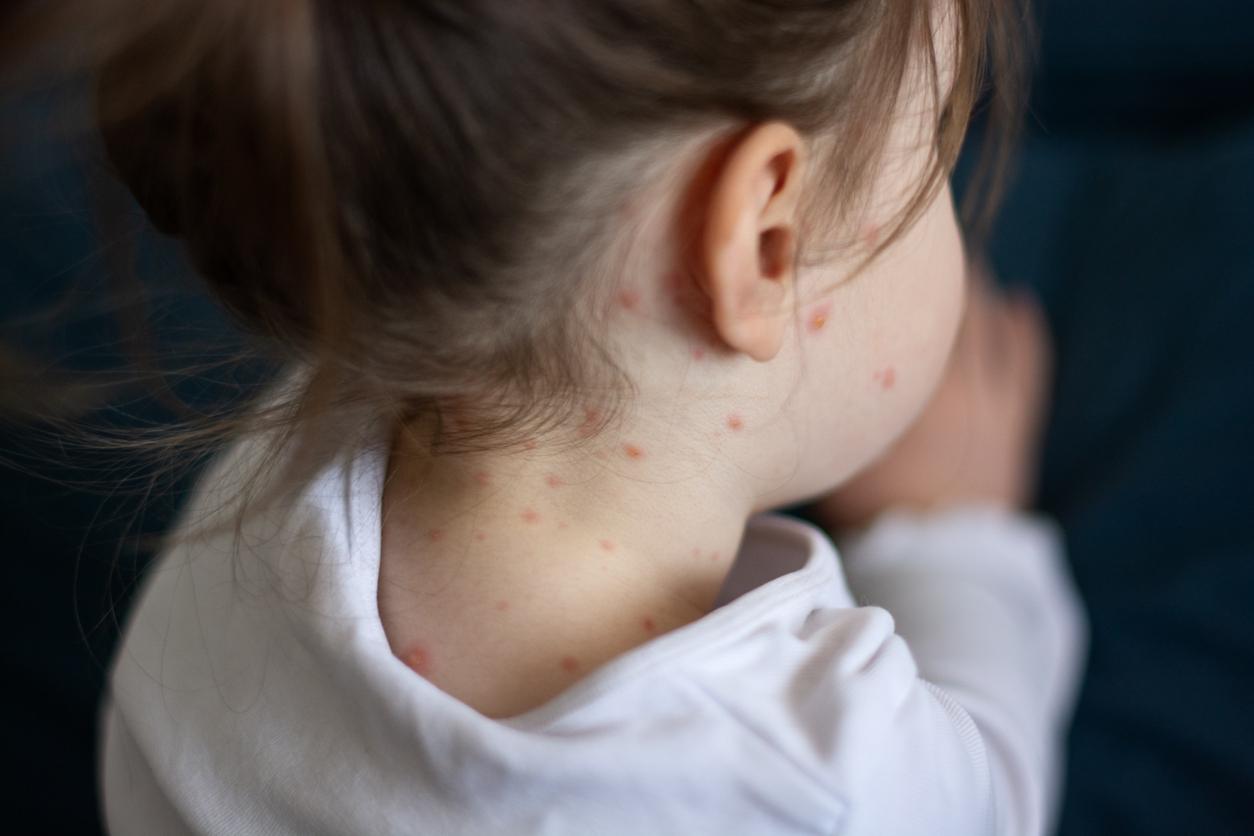September 8, 1999 – On September 2, the Atlanta Center for Disease Control and Prevention announced that measles had virtually disappeared in the United States. In fact, in 1998, only 100 cases of measles were reported, of which only 29 had not been infected outside the country. It therefore joins diseases such as diphtheria, polio and smallpox which have almost disappeared from the United States.
Moreover, in a study published by the Journal of the American Medical Association (JAMA) On July 7, 1999, researchers found that unvaccinated children were 35 times more likely to get measles than those who were vaccinated, and that they also increased the risk of infection for those who were immunized. The study focused particularly on the period 1989-91 when 55,000 Americans were affected by the virus and 120 died from it.
In the United States, 48 states allow exemption from vaccination for religious reasons and 15 for philosophical or personal reasons. Researchers believe that policymakers need to relate individual rights not to be vaccinated against vaccine-preventable diseases with the risk that this poses to the community at large. With the virtual eradication of measles, the question is becoming fairly theoretical in the United States.
It is different in the underdeveloped countries where more than a million children die each year from measles due to the consequences of malnutrition. Measles is an extremely contagious disease. Usually mild in healthy children, it is more severe in adults. In one in a thousand cases, it leads to encephalitis which can cause death, especially in children under two years of age, the elderly and people with weakened immune systems.
HealthPassport.net















